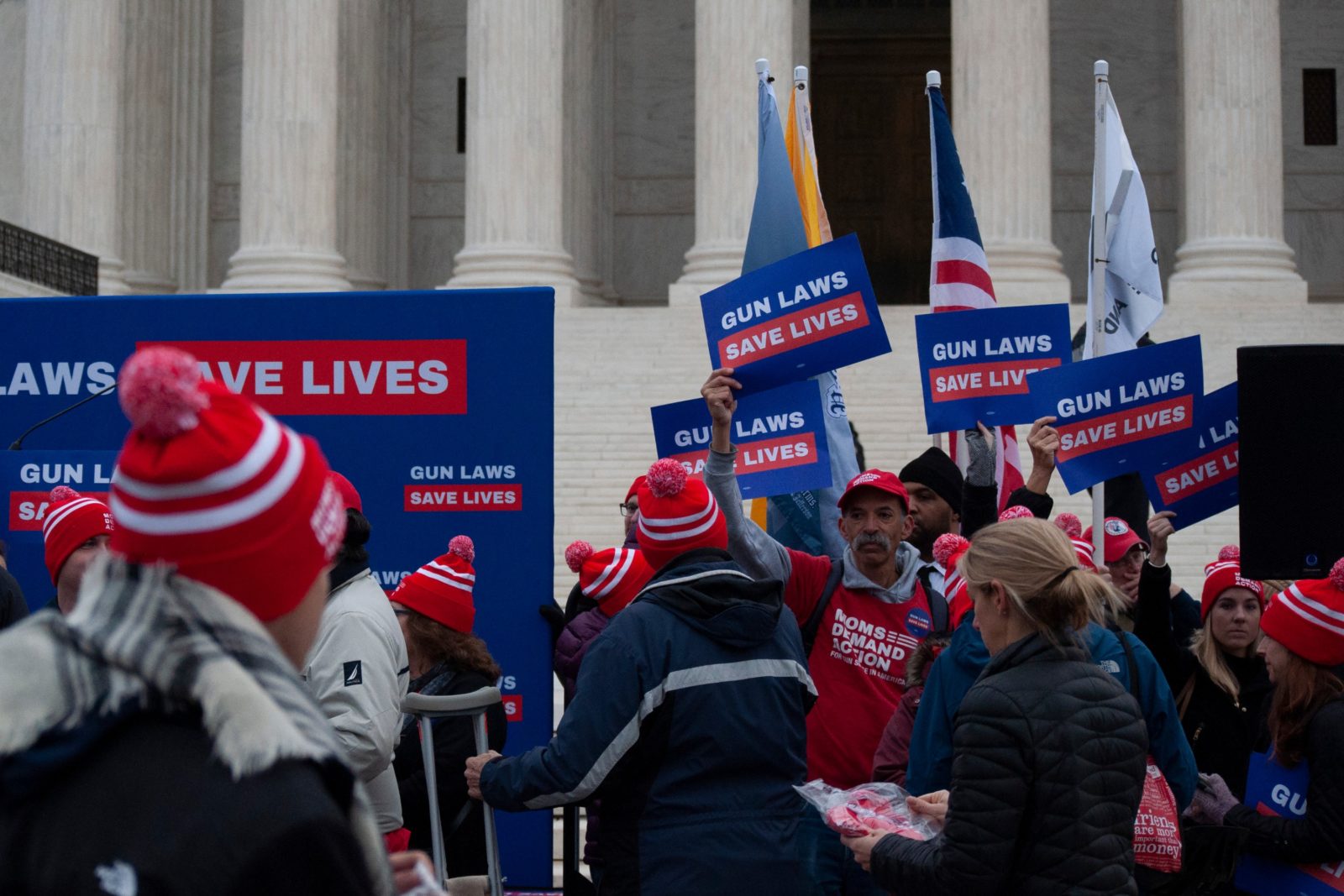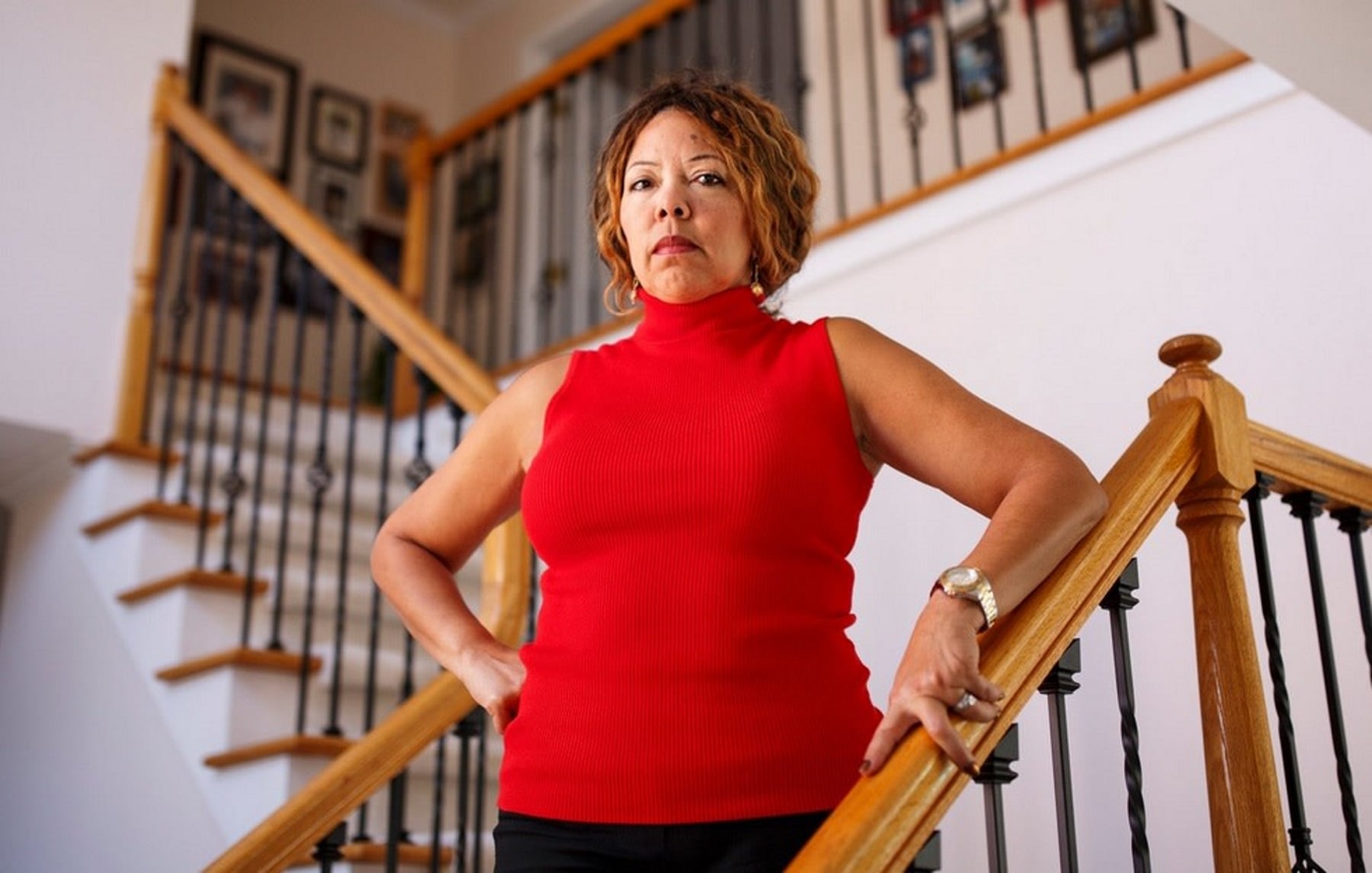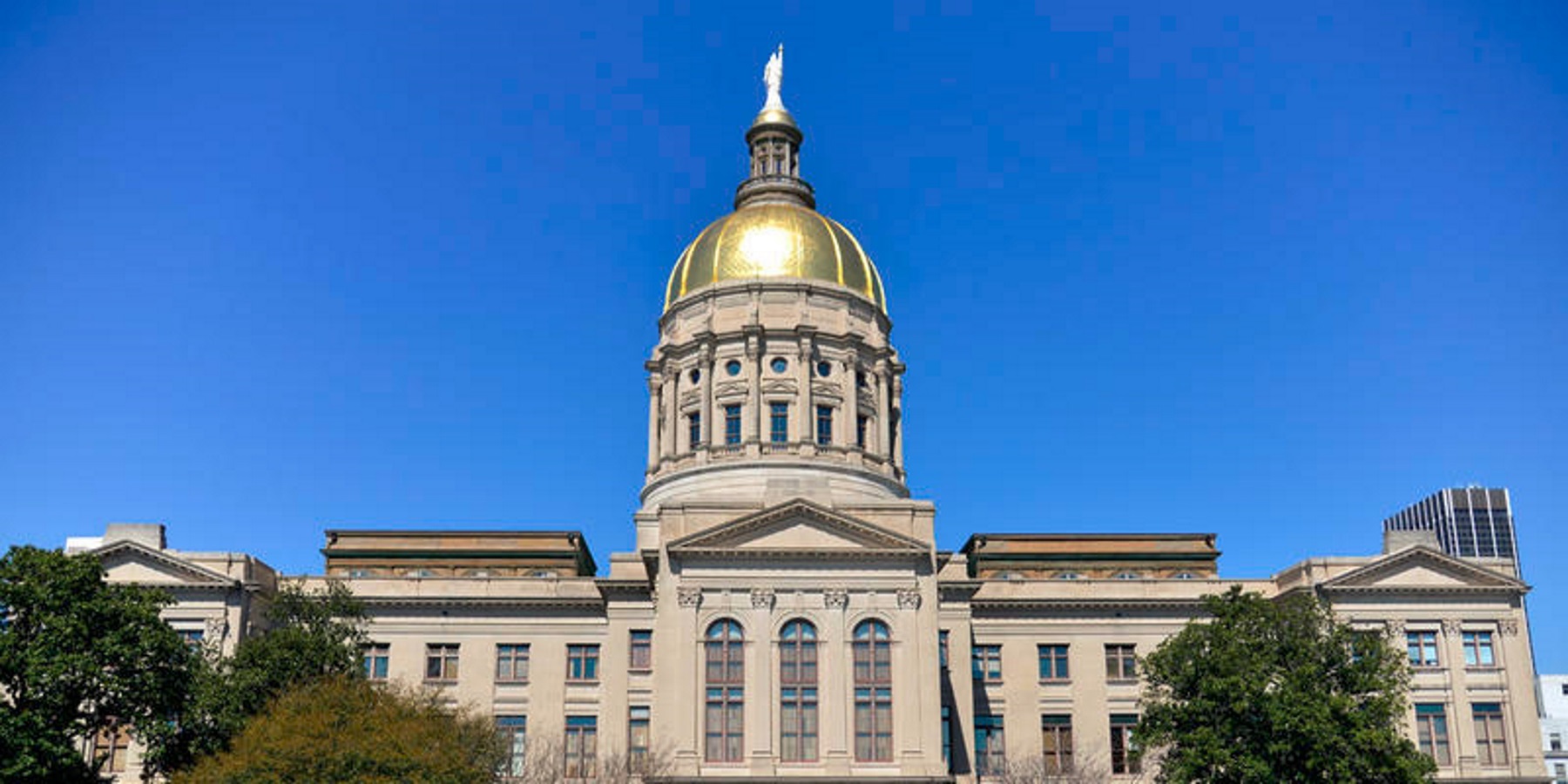After a much-anticipated showdown over gun regulations at the U.S. Supreme Court in early December focused on procedure over substance, advocates on all sides are waiting to see if the court dismisses the case.
The court heard arguments on Dec. 2 in New York State Rifle & Pistol Association Inc. v. City of New York, New York. Rather than focus on the Second Amendment, much of the discussion centered on whether the court should even discuss gun issues at all.
Instead, the court focused on whether the repeal of the law at the center of the case made the issue moot.
“What you’re asking us to do is to take a case in which the other side has thrown in the towel and completely given you every single thing you demanded,” Justice Sonia Sotomayor told lawyers for the plaintiffs.
The New York State Rifle and Pistol Association (NYSRPA) is challenging a New York City law that severely restricted the transport of firearms outside the home. In June, after the Supreme Court agreed to hear NYSRPA’s appeal, the city repealed the law.
The justices focused for much of the hearing on whether the case was moot. Justice Ruth Bader Ginsburg quickly redirected the lawyer for the gun owners, Paul Clement, away from discussing the Second Amendment issues. Instead, Ginsburg went right to the mootness question.
“The state [of New York] says: thou shalt not enforce the regulations,” said Ginsburg. “So what’s left of this case? The Petitioners have gotten all the relief that they sought. They can carry a gun to a second home. They can carry it to a practice range out of state.”
Clement responded that his clients were entitled to a declaration that the law was unconstitutional. He added that the New York state law that replaced it, which lets gun owners transport their firearms as long as their travel is “continuous and uninterrupted,” remained problematic.
“If we had been successful in the lower court and proposed an injunction, I guarantee the words ‘continuous and uninterrupted’ would not be in our proposed injunction,” argued Clement.
At one point Chief Justice John Roberts asked the lawyer for New York City, Richard Dearing, whether there would be any consequences for the plaintiffs if the case were dismissed because New York City had repealed the law.
“Would the fact of a violation of the prior law be used against them?” Roberts asked.
“It will not,” Dearing said. “It absolutely will not.”
That suggested to many observers that a five-justice majority, including Roberts, may move to dismiss the case without ruling on the merits.
The court could still grapple with the case and issue a decision expanding gun rights outside the home. Opinions are scheduled for release in the summer.
Reading The Tea Leaves
Ahead of the Supreme Court arguments, many gun control advocates worried that a ruling from the solidly conservative court in favor of the plaintiffs could be used to strike down other gun regulations and derail campaigns for new laws.
But it doesn’t seem likely the court will make that ruling this time around.
Kris Brown, president of the gun control advocacy group Brady, said the justices focus on whether the case is moot could be a clue about what’s coming.
“It’s impossible to fully predict,” Brown said outside the court after arguments, “but yes, I would think if they were more interested in the substance behind it they would have gotten to those additional issues.”
Jon Lowy, chief counsel for Brady, also heard in arguments hope for future cases from an unlikely source: Justice Samuel Alito, a former assistant district attorney who has argued cases related to gun regulations that could be at issue in the future.
“Our view is the Constitution allows laws that protect public safety, broadly,” Lowy said. “Alito was not disputing that. He was simply asking, ‘Is there a public safety interest in the law that’s at issue?’”
At one point, Alito asked Dearing, the lawyer for New York City, about the new, less strict laws passed to replace the city’s disputed ordinance: “Are people in New York less safe now as a result of the enactment of the new city and state laws than they were before?”
“No,” Dearing responded.
According to Lowy, if enhancing public safety is the standard the court adopts whenever it does tackle the Second Amendment, then many gun regulations may remain constitutionally safe.
More Issues On The Horizon
If the court does dismiss the case, gun control advocates would take a short breath. However, many of those same advocates will likely soon be back in the exact same place, says Ilya Shapiro of the libertarian Cato Institute.
“If this case is indeed ‘mooted out,’ then it’s not the end of the world for those who want either broader Second Amendment rights or for the court to start fleshing out the scope,” Shapiro said, “because there are already a stack of petitions fully briefed and ready for the court to decide.”
The court could take a case on the stricter limits to carrying guns in public adopted by some states, or one on limits on gun magazine capacity, among the many gun-related cases petitioners have brought to the justices.
The NYSRPA case is the first Second Amendment challenge the court has agreed to hear in nearly a decade, leaving many gun rights groups and even conservative justices impatient. The court established an individual right to own a firearm in the home in the 2008 District of Columbia v. Heller decision, and protected the individual right to keep and bear arms from state regulation in the 2010 McDonald v. Chicago decision.
But even a vote to dismiss the New York case by Chief Justice Roberts, likely to be the swing vote in this sharply divided court, does not necessarily forecast future defeat for guns rights advocates, Shapiro said.
“Because mootness doctrine is separate than the merits,” Shapiro said. “And John Roberts was part of the majorities in Heller and McDonald, and just because he would rule that way on mootness doesn’t indicate anything on the merits.”
Guns & America’s Jeremy Bernfeld contributed to this story.
Guns & America is a public media reporting project on the role of guns in American life.










